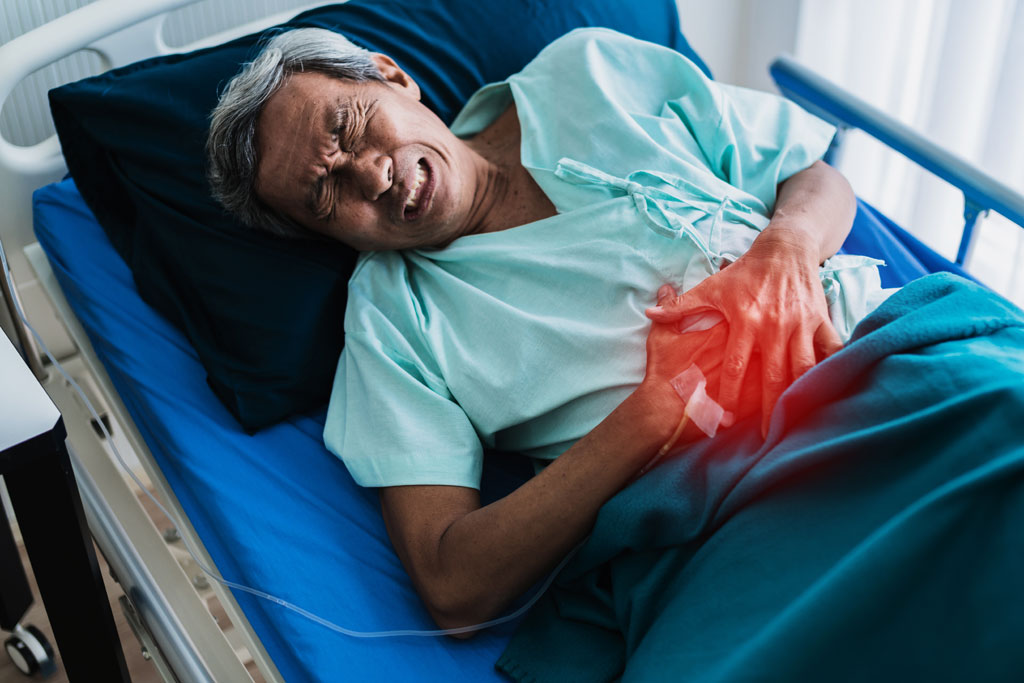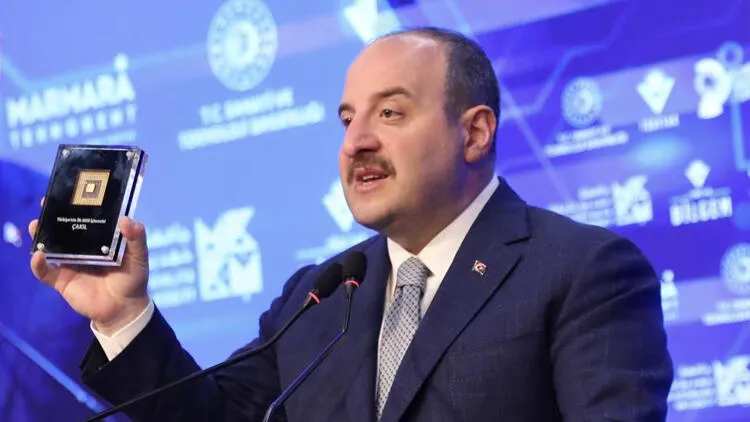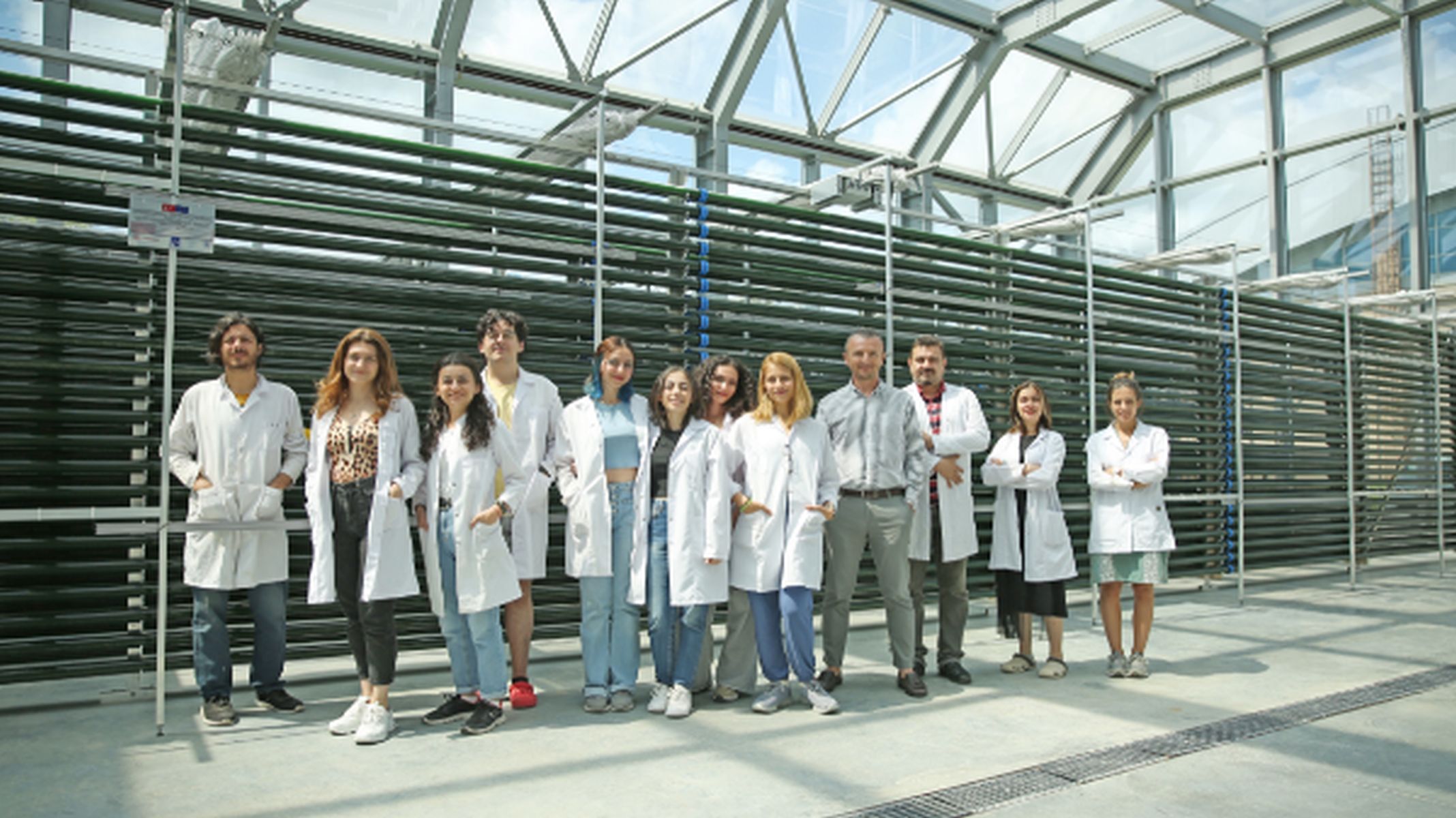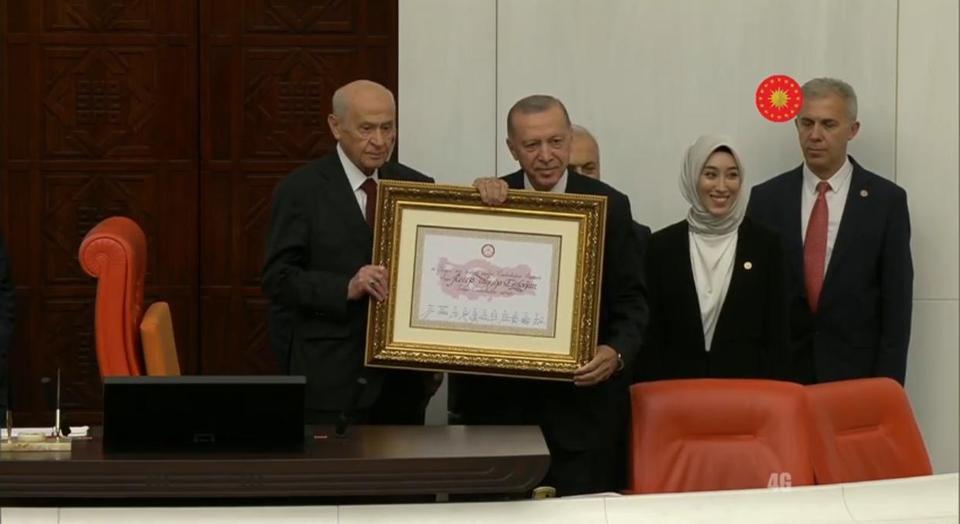
As one of the most important organs in our body, the liver undertakes many vital tasks, from making the food we eat available to the body to energy production, from the synthesis of vital proteins such as clotting factors to the excretion of toxic substances from the body. In summary, the liver is one of the essential organs for our body. Therefore, diseases that impair the health of the liver pose a great risk. The most common of these diseases are 'benign' and 'malignant' tumors in the liver. Today, in parallel with the increase in obesity, non-alcoholic fatty liver disease and excessive alcohol consumption, the incidence of malignant liver tumors continues to increase year by year. In fact, approximately 800,000 people are diagnosed with liver cancer every year.
Acıbadem Ataşehir Hospital General Surgery Specialist Prof. Dr. Mert Erkan, pointing out that early diagnosis is extremely important in benign and malignant liver tumors, "Early diagnosis is the most important factor in terms of achieving permanent treatment. In addition, it is of great importance that the treatment of benign and malignant liver tumors is carried out in reference centers with fully equipped teams and a multidisciplinary approach. Today, primary tumors of the liver, that is, tumors originating from its own tissue, or liver metastases of tumors that develop in other organs such as the large intestine can usually be treated permanently thanks to early diagnosis and multidisciplinary approaches." he said.
Pay attention to fatty liver disease and cirrhosis!
The two most important factors leading to tumors growing from the liver's own tissue are steatohepatitis, which develops when fat or connective tissue replaces liver tissue, and chronic fibroinflammatory diseases called cirrhosis. When fat tissue replaces liver tissue, it is called steatohepatitis, and when connective tissue replaces liver tissue, it is called cirrhosis. In both cases, there is a chronic inflammatory process and the liver cells are constantly trying to regenerate themselves in order to maintain normal function. Prof. Dr. Mert Erkan emphasized that malignant tumor development begins when this regeneration effort gets out of control and said, "The most important factor that increases fatty liver disease is obesity, while the most important factors that increase cirrhosis are viral hepatitis and alcohol. In other words, the risk of liver cancer can be greatly reduced with a healthy lifestyle and preventive treatments."
No symptoms in the early period
Liver tumors often have no specific symptoms of their own. In addition, tumors in the liver are not very symptomatic in the early stages. For this reason, benign tumors are usually detected incidentally during check-ups or examinations for gallstones. General Surgery Specialist Prof. Dr. Mert Erkan points out that tumors that form in the liver are rarely noticed when they reach a large size as a result of compression of the surrounding organs and continues as follows: "This compression sometimes manifests itself as inability to breathe deeply, inability to eat or abdominal swelling. Tumors growing from the liver's own tissue often develop against a background of chronic liver disease such as cirrhosis or steatohepatitis. For this reason, symptoms such as jaundice caused by chronic liver disease, fluid accumulation in the abdomen called ascites, or varicose veins that develop especially at the junction of the esophagus with the stomach and their bleeding can be seen as well as the tumor itself."
Important development: Two-stage hepatectomy!
Today, liver tumors are mainly treated with a multidisciplinary approach. If the tumor is limited to the liver and the patient has enough liver tissue left after surgery, surgical removal is performed. If there is a risk that the tissue left behind after a major liver surgery is not enough for the patient, two-stage liver surgery or interventional radiology is performed. With the embolizations performed by these methods, it is possible to enlarge the part of the liver that will be left. With a surgical technique called ALPPS (Associating Liver Partition and Portal vein Ligation for Staged hepatectomy), the part of the liver planned to be left can be enlarged by about 100 percent in 2 to 3 weeks. Thanks to this important development, patients who have lost the chance of surgery due to insufficient tissue left behind can regain their health thanks to two-stage surgeries.
The treatment is effective.
In malignant tumors growing from the liver's own tissue, if the disease develops against a background of cirrhosis, the surgical technique becomes more difficult. General Surgery Specialist Prof. Dr. Mert Erkan, pointing out that in these cases, liver transplantation can solve the tumor and cirrhosis problem at the same time, “However, liver transplantation is not frequently preferred in this case due to the immunosuppressive drugs that need to be used to prevent organ rejection after transplantation. However, with the development of chemotherapy and radiotherapy methods, liver transplantation is being used more and more courageously in cancer treatment." In addition to the surgical method, thermal ablation, another local treatment option, yields very successful results. Interventional radiology can also be used to enter the liver arteries under angiography control and administer high doses of chemotherapy or radiotherapy. As with other tumors, chemotherapy, systemic treatments with smart drugs and streotactic radiotherapy are among the effective options in liver tumors.” He said.





















